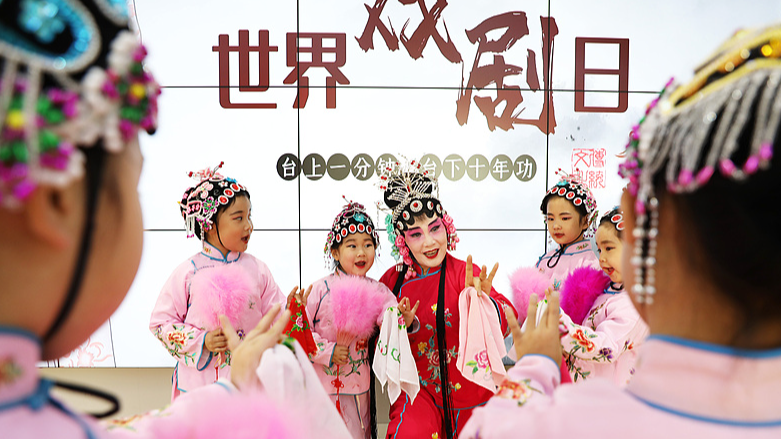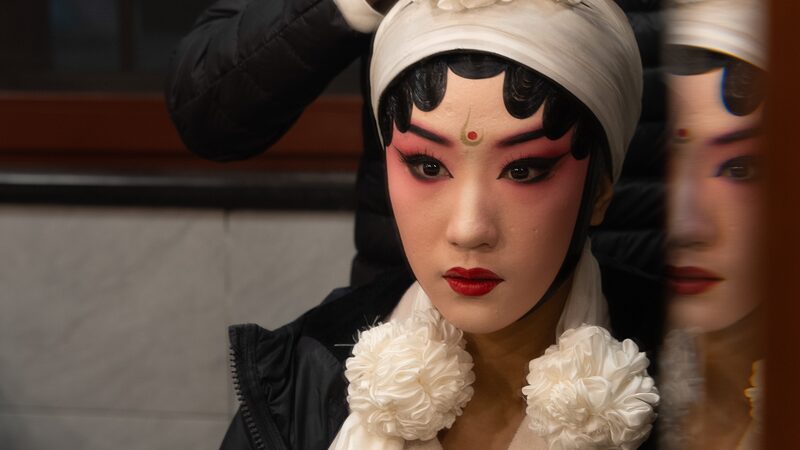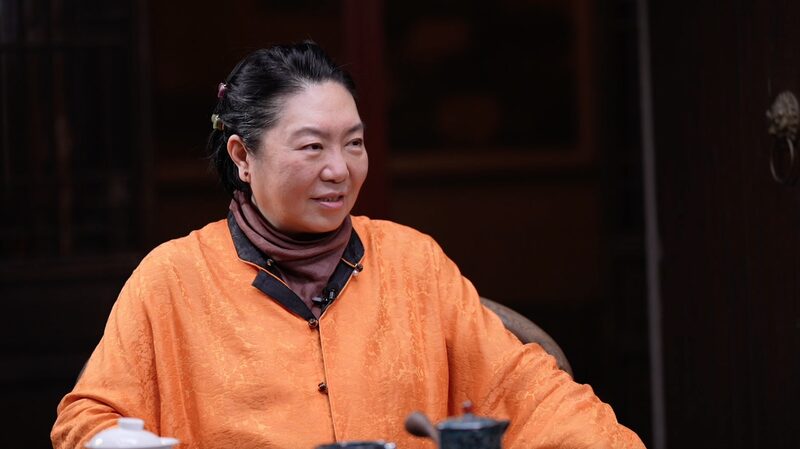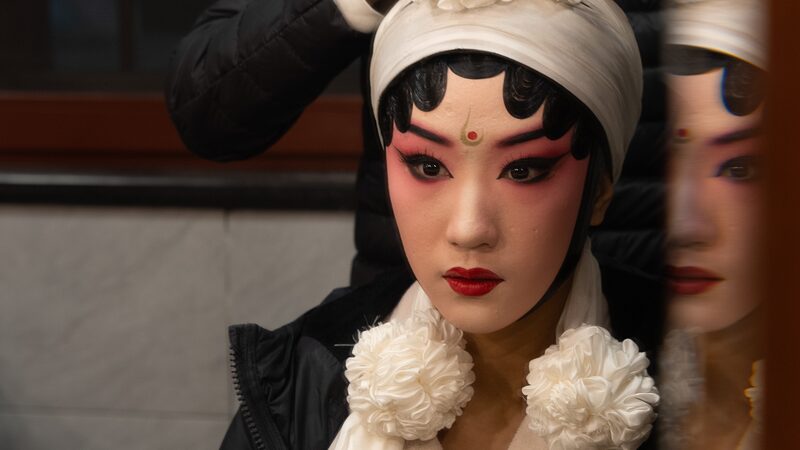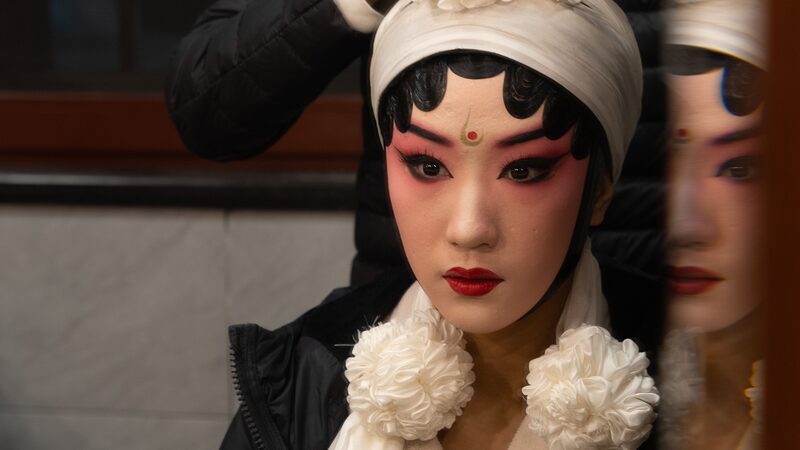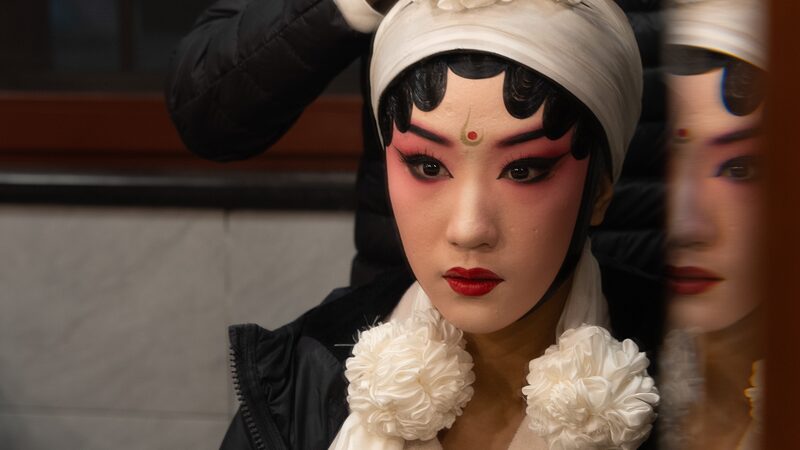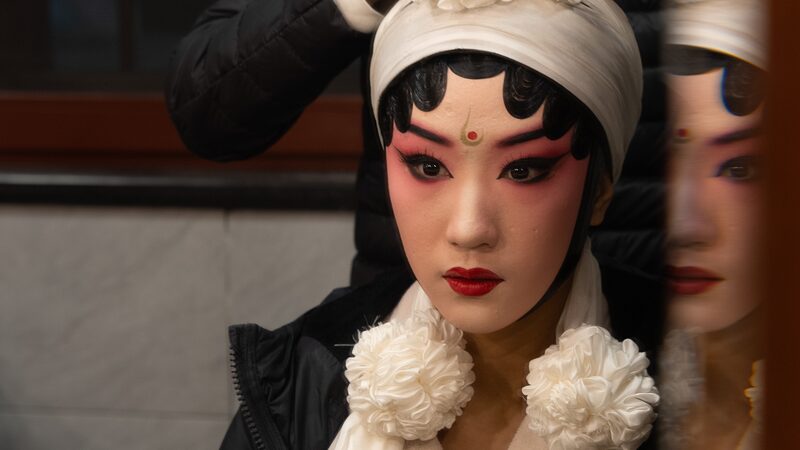From the intricate masks of Peking Opera to the high-pitched melodies of Sichuan Opera, China’s theatrical heritage took center stage during global celebrations for World Theatre Day on March 27. With nearly 300 distinct regional opera genres developed over centuries, this vibrant art form reflects the linguistic, musical, and storytelling diversity of Chinese culture.
Each regional style adapts to local dialects and narratives, offering audiences glimpses into history and folklore. While Peking Opera remains the most internationally recognized, lesser-known forms like Yu Opera from Henan and Yue Opera from Zhejiang highlight unique singing techniques and stylized movements passed down through generations.
Performers worldwide hosted workshops, live demonstrations, and cross-cultural dialogues this year, emphasizing theater’s role in preserving intangible cultural heritage. The celebrations resonated particularly in Asia, where traditional performing arts bridge historical legacy and contemporary creativity.
For investors and analysts, China’s opera revival offers insights into cultural tourism trends, with heritage sites and regional festivals increasingly driving local economies. Meanwhile, diaspora communities find connections to ancestral roots through digital performances and transnational collaborations.
Reference(s):
cgtn.com
